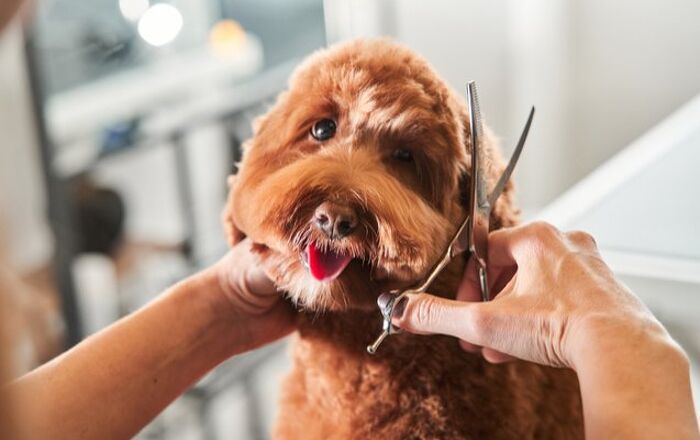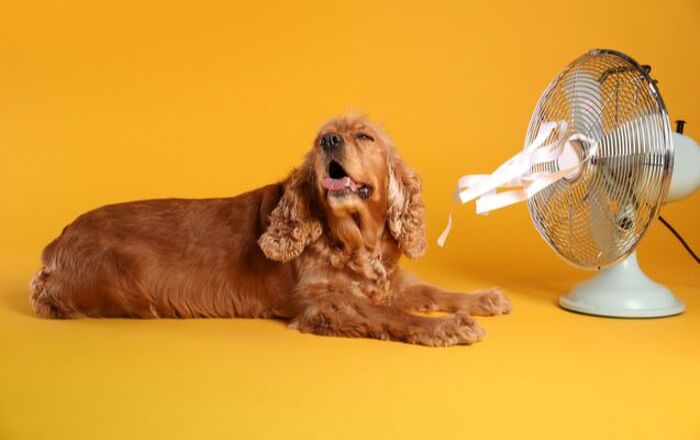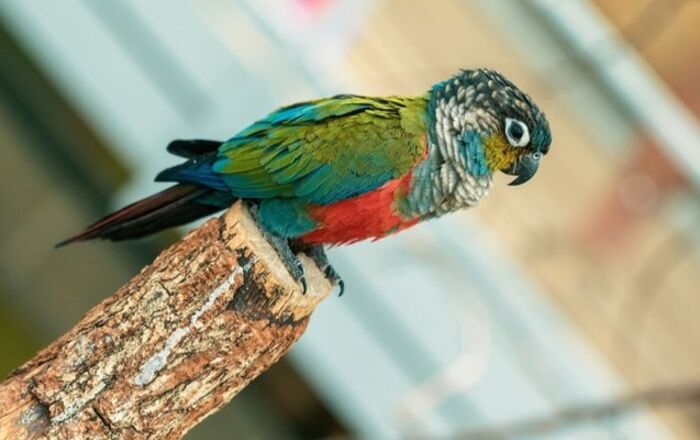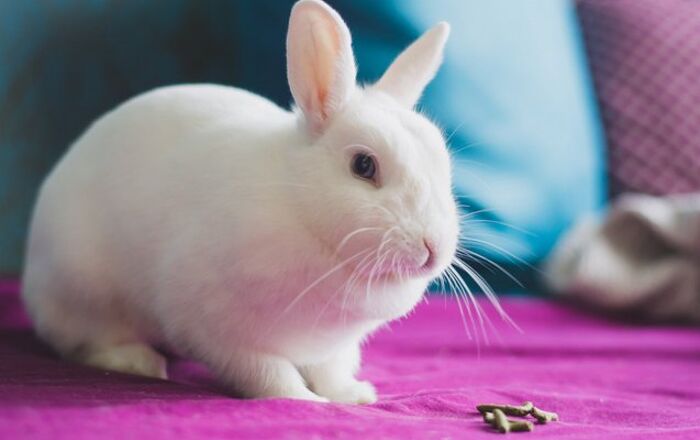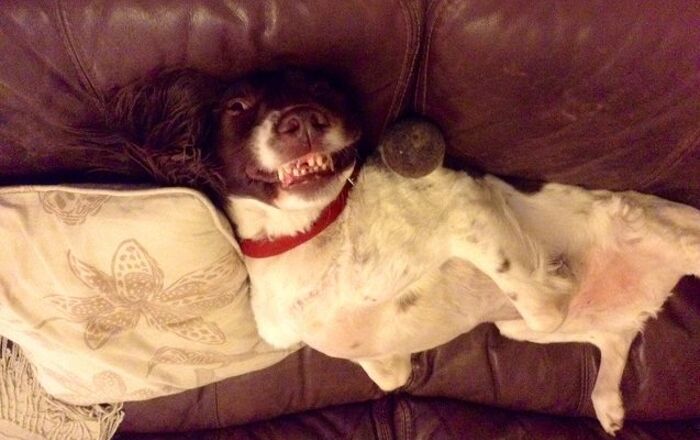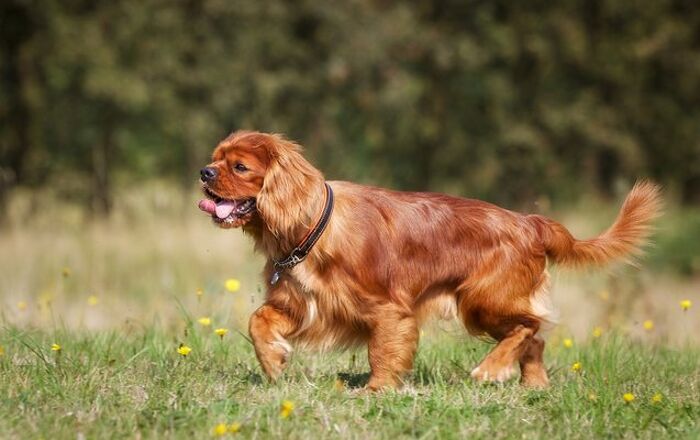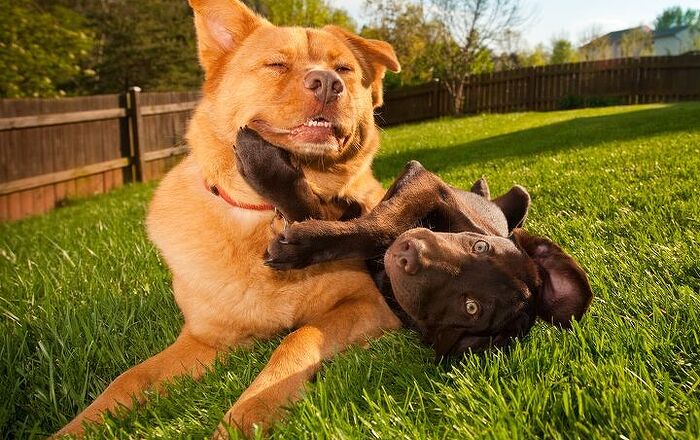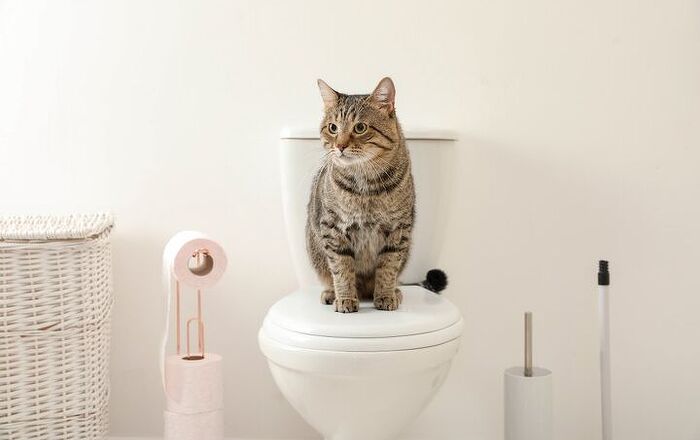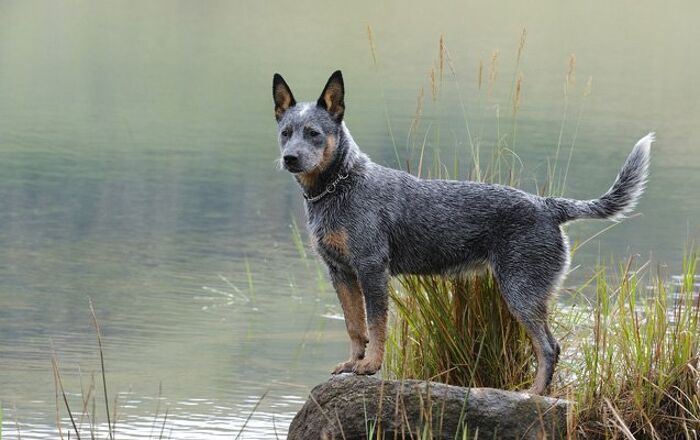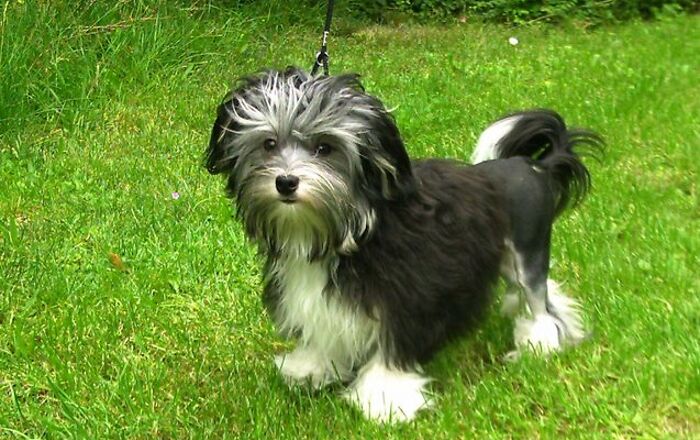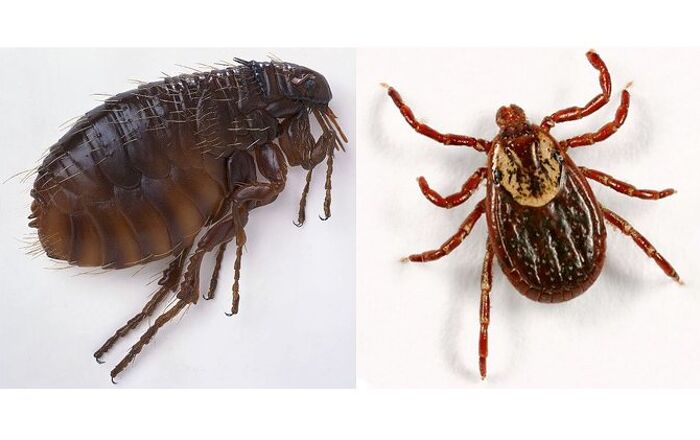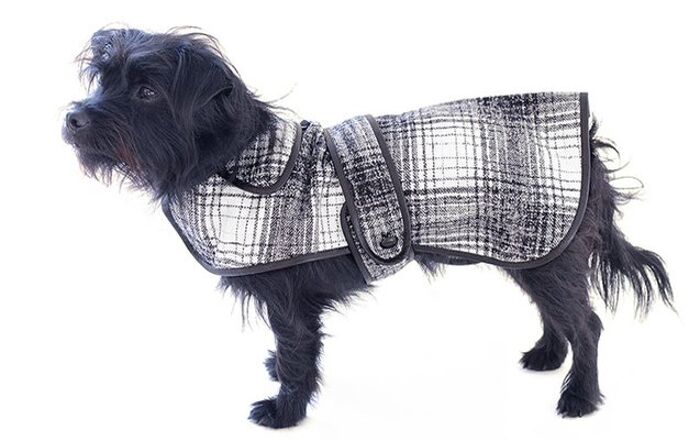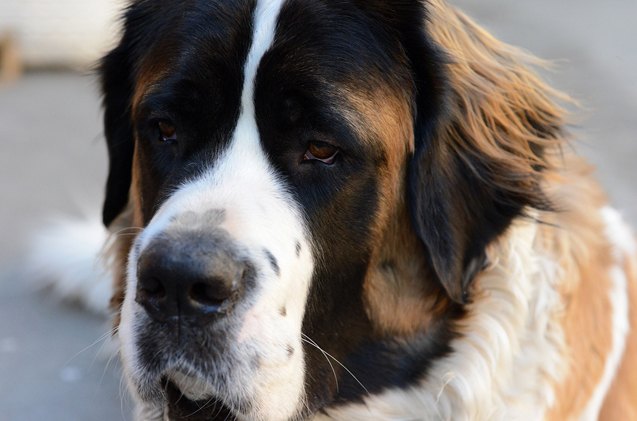
Moscow Watchdog Basics
The Moscow Watchdog is the epitome of the term “gentle giant”. These dogs are descended from a long line of giant breeds including the Saint Bernard and the Caucasian Shepherd Dog but they are still known for their gentle temperaments. If you are looking for a large, protective dog breed that will bond closely with your family (without the drooling you get with many Molosser-type dogs), then the Moscow Watchdog might be the right choice for you.
The Moscow Watchdog is the epitome of the term “gentle giant”.
Origin
The Moscow Watchdog is a large-breed dog that was developed in the Soviet Union, descendant from a crossing of St. Bernard, Caucasian Ovtcharka, and various Russian hounds. These dogs have the size and appearance of the St. Bernard but the assertive intelligence of the Caucasian Ovtcharka. Though these dogs are fairly common in their native land, they were hard to find outside of the Soviet Union until recently. The first US-born litter of Moscow Watchdogs was born in 2015, though the breed has yet to be recognized by the AKC.
Pedigree
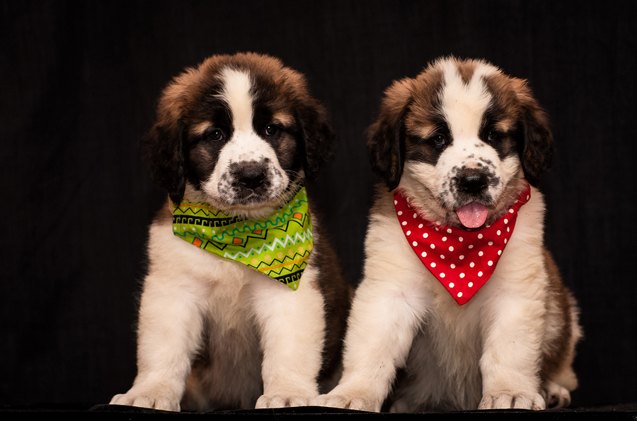
This breed is descended from a crossing of St. Bernard, Caucasian Ovtcharka, and various Russian hounds.
Food/Diet
As a large-breed dog breed, the Moscow Watchdog should be fed a high-quality commercial dog food diet formulated for dogs of its size. Because this breed is a high-energy guarding breed, however, an active or working breed formula may be more appropriate to meet his needs. For Moscow Watchdog puppies, be sure to choose a large-breed puppy formula to keep your dog from growing too quickly.
Because Moscow Watchdogs were developed as a guarding breed, they do tend to be fairly dominant and independent by nature.
Training
Because the Moscow Watchdog was developed as a guarding breed, they do tend to be fairly dominant and independent by nature. Because these dogs are also gentle, however, socialization and training can keep this breed’s protective instincts under control. With a dog as large as this one, you need to establish yourself as the alpha of the household early on and then maintain a firm and consistent hand in leadership throughout the dog’s life. Positive reinforcement training is generally the best option because punishment could incite the dog’s self-protective instincts. For the best results, it is a good idea to start your Moscow Watchdog with socialization and training as early as possible and to raise him with other pets if you plan to have them. Your Moscow Watchdog will always be a little aloof around strangers, so be careful when making introductions.
Weight
The Moscow Watchdog is a large-breed dog that typically stands 25 to 27 inches and weighs between 100 and 150 pounds at maturity.
Temperament/Behavior
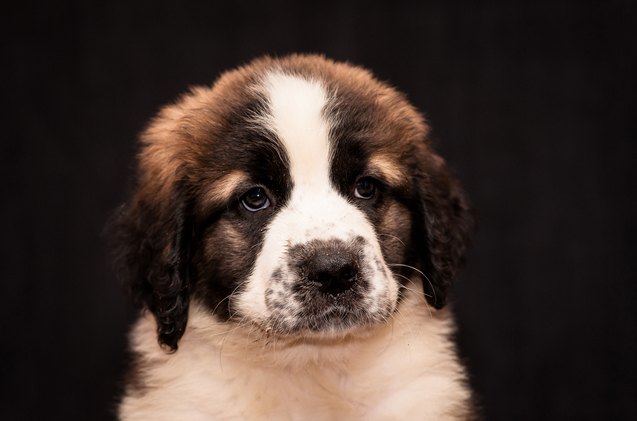
The Moscow Watchdog is a large mastiff-type dog so he has a lot of power. Despite his size and strength, however, this breed is actually gentle and mild-mannered, though he won’t hesitate to leap to the defense of his family when needed. These dogs are best for experienced dog owners and they are adaptable to various living conditions as long as their basic needs for exercise are met.
Common Health Problems
The Moscow Watchdog is generally considered a hardy breed but it is prone to several health problems related to its size. Many large-breed dogs develop musculoskeletal issues like hip dysplasia and patellar luxation – they also have a higher risk for gastric torsion.
Life Expectancy
The average lifespan for the Moscow Watchdog breed is between 9 and 11 years.
Exercise Requirements
Although the Moscow Watchdog may not look like the most active dog, this breed has high needs for exercise. This breed needs a long daily walk or brisk jog to meet its minimum exercise requirements and it will also appreciate having time to run in a fenced yard.
The Moscow Watchdog is a large mastiff-type dog so he has a lot of power.
AKC
The Moscow Watchdog has yet to be recognized by the AKC.
Coat
The Moscow Watchdog is a large, heavy-boned dog – it is incredibly powerful and surprisingly agile. These dogs have thick coats of moderate length with a generously plumed tail. The most common colors for the Moscow Watchdog are red and white. This breed is an heavy shedder so regular brushing and grooming is recommended.
Puppies
The average litter size for the Moscow Watchdog breed is 5 to 10 puppies. Because these dogs are such a large, powerful breed it is recommended that you start socialization and training as early as possible. Another important thing to remember about large-breed puppies is that they need to be protected against growing too quickly – if they grow too fast it puts them at risk for musculoskeletal issues and joint problems later in life.
Photo credit: Manuela Zbandut/Bigstock; Sushytska/Bigstock

